I’ve arranged the Brunnera on this page from the plainest leaf through the variegated to the most silvered so you can compare them easily.
Brunnera was first discovered growing in woodland in the Caucasus in 1800 and named in Honour of the Swedish Botanist Samuel Brunner (190-1844). Like so many members of the Borage family, the whole plant is roughly hairy. Though not usually seen as an edible plant, we did own a Border Collie who was often seen chewing the leaves of a particularly prominent Brunnera ‘Dawson’s White’.
Brunnera is especially useful for growing in partial or full shade where it provides excellent ground cover. The large heart shaped leaves are very decorative, particularly in the variegated and silvered forms and the cloud of small blue forget-me=nots are delightful in spring. They are on the whole fairly undemanding in their needs, but grow at their very best in a moist leafy soil. They are tolerant of heavy clay soils. Whilst they are definitely cool growers for preference, they can be grown in full sun if ample moisture is always available.
The variegated forms can be apt to scorch in sun or wind, and it is also a good idea to avoid disturbance to the roots of variegated varieties as this can sometimes encourage green shoots to be thrown.
Brunnera is a relative of, and not a true forget-me-not. The true Forget-me-nots are classified in the Genus Myosotis, also in the Boraginaceae.
The Forget-me-nots gained their name from the final gesture of a dying knight. The knight was about to part for battle when he was asked by his true love to gather some blue flowers from beside a lake. He gathered the flowers, but tripped and fell into the water. As he tossed the bunch towards her he bid her to ‘forget-me-not’ before he slipped beneath the surface and drowned.
Brunnera macrophylla (Anchusa myosotidiflra) Siberian Bugloss. Caucasus, Siberia

















































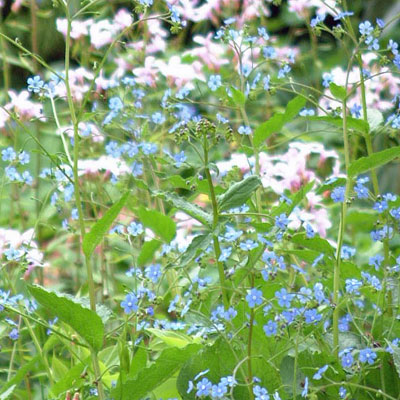
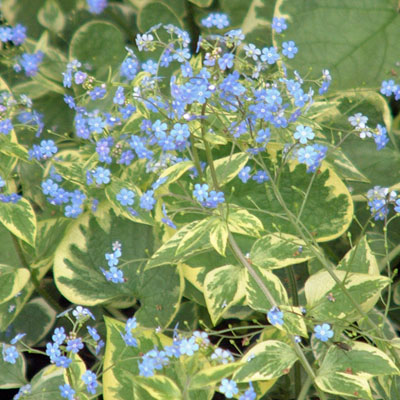
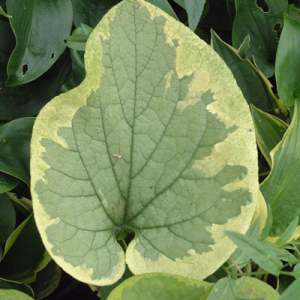


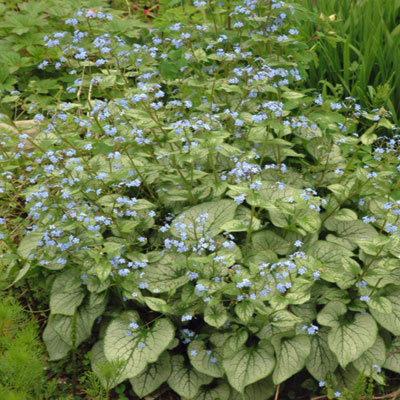
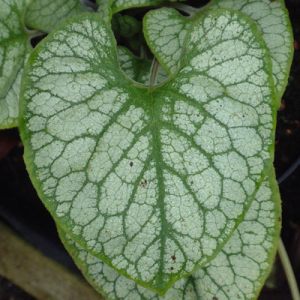
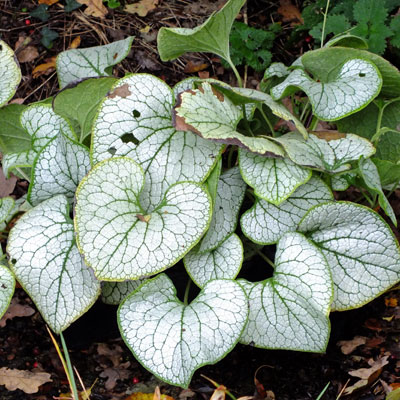
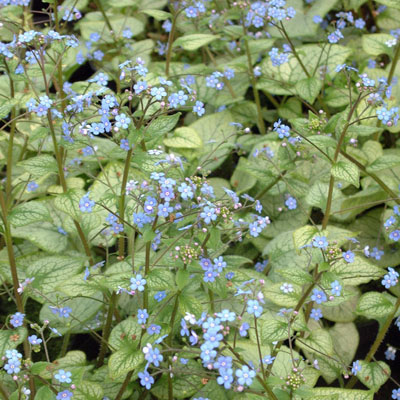
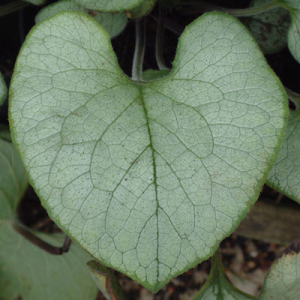
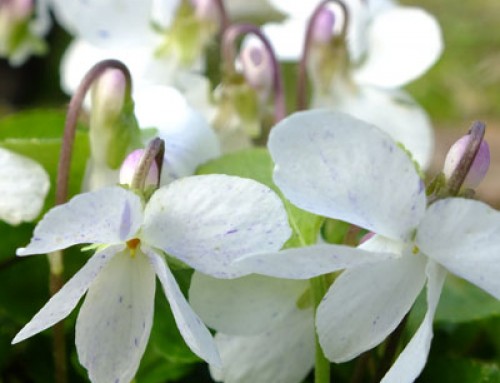

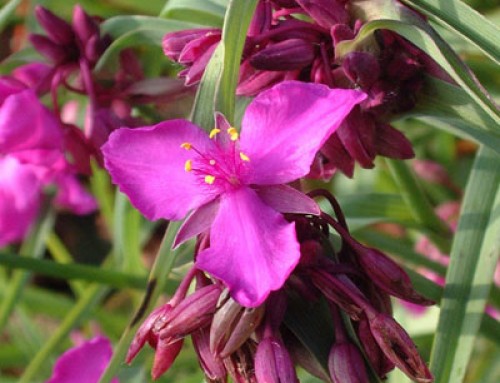
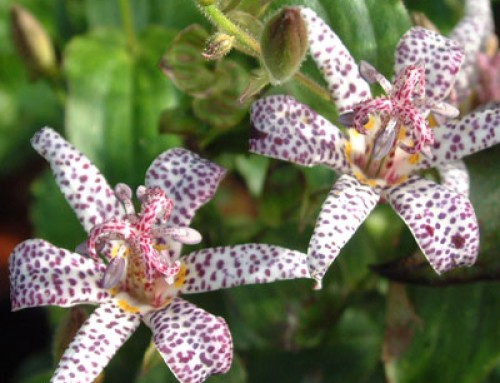
Leave A Comment
You must be logged in to post a comment.